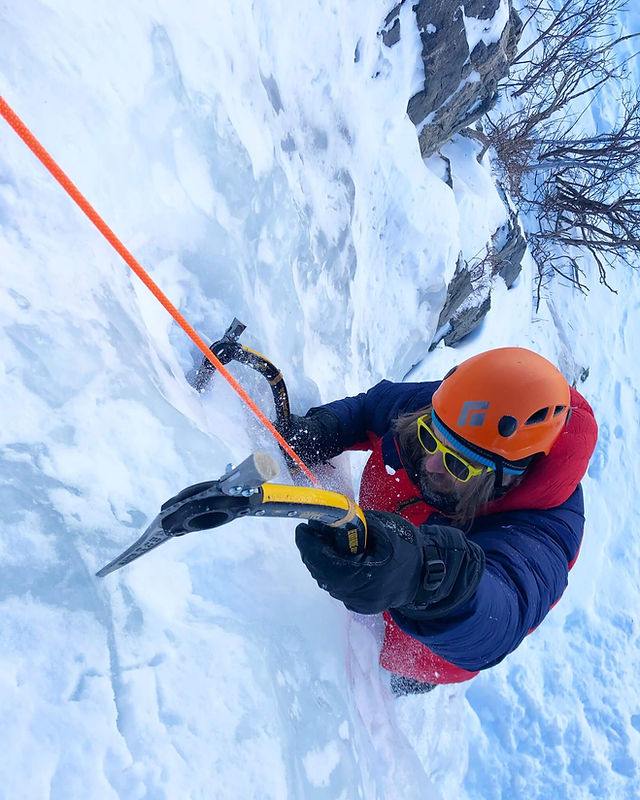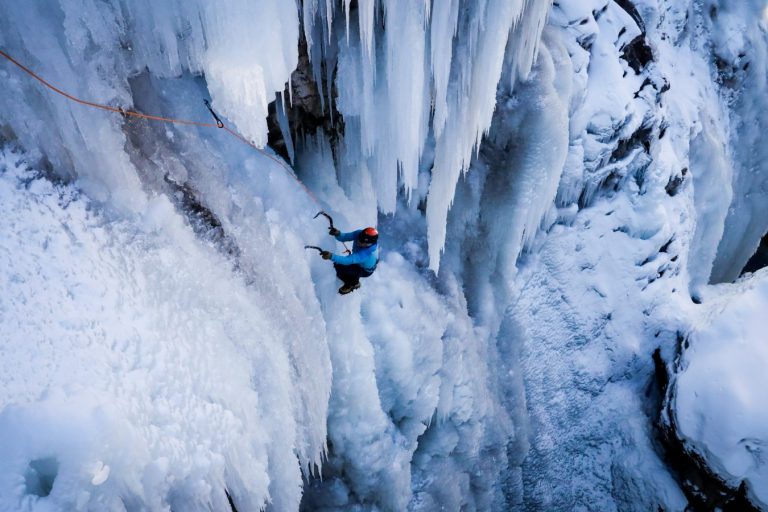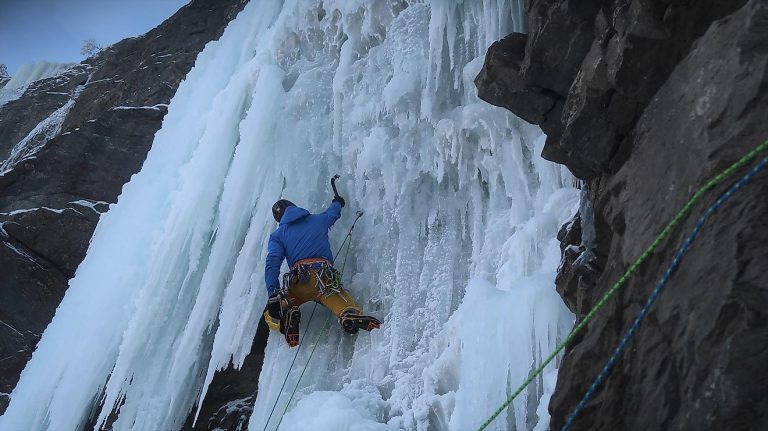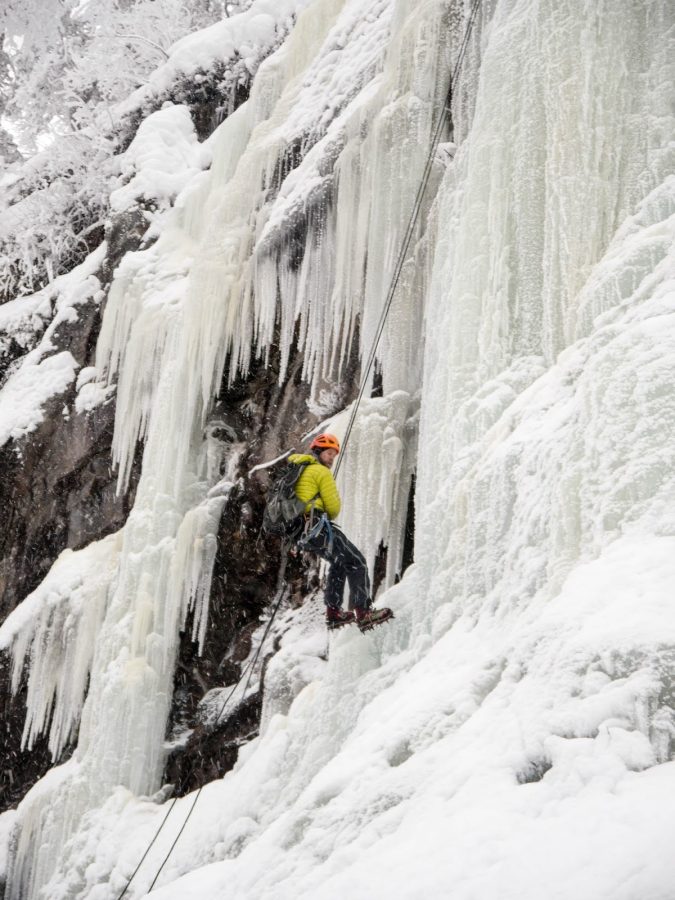Planning an Ice Climbing Trip: Everything You Need to Know
Ice climbing is a thrilling outdoor activity that can be enjoyed by adventurous individuals who are willing to brave the cold and challenge themselves. However, planning an ice climbing trip can be overwhelming, especially if you are a beginner. In this article, we will guide you through the process of planning an ice climbing trip step by step, covering everything from equipment to safety tips and more.
Introduction
Ice climbing is a challenging and exhilarating activity that involves scaling frozen waterfalls and other icy formations using specialized equipment. However, this activity requires proper planning and preparation to ensure safety and enjoyment. In this article, we will provide a comprehensive guide to planning an ice climbing trip, covering everything from researching your destination to choosing the right gear and more.
Researching Your Destination
Before embarking on an ice climbing trip, it is essential to research your destination thoroughly. Here are some key factors to consider:
Season
Ice climbing is a seasonal activity, and conditions can vary greatly depending on the time of year. In general, the best time to go ice climbing is during the winter months when the temperatures are low enough to freeze waterfalls and other formations. However, it is important to check weather forecasts and ice conditions before planning your trip.
Location
There are many destinations around the world that are popular for ice climbing, each with its unique terrain and challenges. Some popular destinations include:
- Banff National Park, Canada
- Chamonix, France
- Ouray, Colorado, USA
- Rjukan, Norway
- Cogne, Italy
Consider the accessibility of the location, the availability of accommodations, and the difficulty of the terrain when choosing your destination.
Terrain
Different ice climbing destinations offer varying levels of difficulty, from beginner-friendly routes to advanced, technical climbs. It is essential to research the terrain of your chosen location to ensure that it matches your skill level and experience.
Choosing the Right Gear
The right gear is essential for a safe and enjoyable ice climbing experience. Here are some items that you should consider:
Clothing
Proper clothing is critical for staying warm and comfortable while ice climbing. You will need:
- A warm, waterproof jacket
- Insulated pants
- A warm hat and gloves
- Thermal underwear
- Warm socks
- Climbing boots
Climbing Equipment
You will need specialized equipment for ice climbing, including:
- Ice axes
- Crampons
- Harness
- Rope
- Carabiners
- Belay device
- Helmet
Safety Gear
Safety gear is essential for protecting yourself while ice climbing. You should have:
- Avalanche beacon
- Shovel
- Probe
- First-aid kit
Hiring a Guide
If you are a beginner or do not have much ice climbing experience, it is recommended to hire a guide. A guide will provide instruction, ensure safety, and help you navigate the terrain. Look for a guide who is certified by a reputable organization and has experience in the destination you plan to visit.
Pre-Trip Preparation
Proper preparation is essential for a successful ice climbing trip. Here are some things to consider:
Physical Conditioning
Ice climbing is a physically demanding activity that Ice climbing is a physically demanding activity that requires strength, endurance, and agility. Before your trip, it is essential to engage in physical conditioning to prepare your body for the challenges of ice climbing. Focus on exercises that build upper body strength, such as pull-ups and push-ups, as well as cardio workouts to improve your endurance.
Mental Preparation
Ice climbing can be mentally challenging, requiring focus and determination. Take time to mentally prepare yourself for the trip by practicing visualization and positive self-talk. Set achievable goals and visualize yourself successfully completing each climb.
Packing
Proper packing is essential for an ice climbing trip. Make a list of all the necessary equipment and clothing and double-check that you have everything before leaving. Pack efficiently to minimize weight and bulk.
On the Trip
Once you arrive at your destination, it is important to stay safe and make the most of your experience. Here are some tips:
Safety Tips
- Always wear a helmet and other safety gear.
- Never climb alone, and always have a partner who can belay you.
- Stay aware of your surroundings and potential hazards, such as avalanches and falling ice.
- Stay hydrated and nourished throughout the day.
Climbing Techniques
- Practice good technique, such as keeping your weight over your feet and using your legs to push yourself up.
- Use your ice axes and crampons properly to ensure a secure grip on the ice.
- Communicate clearly with your partner and follow proper belay techniques.
Hydration and Nutrition
Ice climbing can be physically demanding, so it is essential to stay hydrated and nourished throughout the day. Bring plenty of water and high-energy snacks, such as granola bars and nuts.
Conclusion
Ice climbing is an exhilarating outdoor activity that requires proper planning and preparation. By researching your destination, choosing the right gear, hiring a guide, and preparing yourself physically and mentally, you can enjoy a safe and enjoyable ice climbing experience. Remember to always prioritize safety and make the most of your time on the ice.
FAQs
- What are the best destinations for ice climbing?
- Popular destinations include Banff National Park, Chamonix, Ouray, Rjukan, and Cogne.
- Is ice climbing dangerous?
- Ice climbing can be dangerous if proper safety precautions are not followed. Always wear a helmet and other safety gear, climb with a partner, and stay aware of potential hazards.
- Do I need to hire a guide for ice climbing?
- If you are a beginner or do not have much ice climbing experience, it is recommended to hire a guide.
- What kind of clothing do I need for ice climbing?
- You will need warm, waterproof clothing, including a jacket, insulated pants, gloves, hat, and climbing boots.
- What kind of physical conditioning do I need for ice climbing?
- Ice climbing is physically demanding, so it is important to focus on upper body strength and cardio workouts to build endurance.



